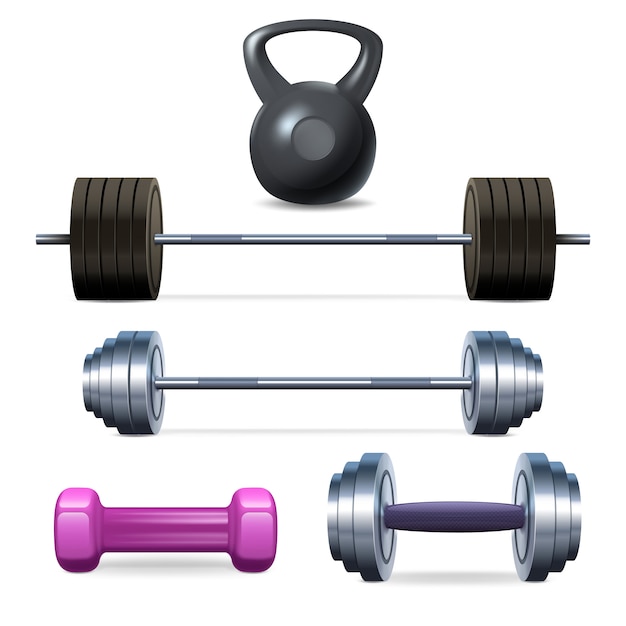
**Weightlifting: More Than Just Muscles**
Weightlifting isn’t just about getting buff or stronger. It’s a journey towards achieving your fitness goals, and doing it safely and effectively is key. Whether you’re a gym veteran or a newbie, knowing the basics of weightlifting can make a world of difference in your results and overall health.
**Five Essential Tips for Effective Weightlifting**
Here are five crucial tips to help you lift weights effectively:
**1. Master the Right Form First**
The first step to effective weightlifting is to nail the proper form. This not only reduces the risk of injury but also ensures your muscles are working as they should. Before you start adding weights, focus on getting the form right for each exercise. Pay attention to your body alignment and control your movements. This sets the stage for safe and effective strength training.
Remember to keep your posture correct throughout each rep, and avoid any unnecessary swinging or jerking movements. Focus on the muscles you’re targeting and control the weight during both the lifting and lowering phases.
Getting advice from a qualified trainer or coach can be invaluable in refining your technique for the best performance and safety.
**2. Understand the Importance of Rep Ranges**
Knowing the right rep ranges is crucial for effective weightlifting. One key aspect is finding the best rep range for muscle growth, usually between 8 to 12 reps per set. This range stimulates muscle growth and helps you achieve a more muscular physique.
By focusing on this optimal rep range, you can effectively challenge your muscles and stimulate growth while also ensuring proper form and technique.
**3. Don’t Forget to Rest and Recover**
While lifting weights is key for building strength and muscle, recovery is just as important for the best results. Your muscles grow during rest periods, not while you’re lifting weights.
So, it’s vital to give your muscles enough time to repair and rebuild. Incorporate rest days into your workout routine to avoid overtraining and reduce the risk of burnout or injury.
Listen to your body and watch out for signs of fatigue or excessive soreness, which may mean you need more rest.
In addition to rest days, focus on other aspects of recovery, like nutrition, hydration, and sleep. Aim for 7-9 hours of quality sleep each night to promote optimal hormone regulation and tissue repair.
**4. Mix Up Your Workouts**
To keep things interesting, stimulate muscle growth, and avoid overuse injuries, it’s important to mix up your workouts. This means changing not just the exercises you do, but also the intensity, volume, and frequency of your training.
Try different exercises, equipment, and training methods to target your muscles from various angles and stimulate new growth. Include both compound and isolation exercises in your routine to ensure balanced muscle development and prevent imbalances.
Consider alternating between different training styles, like strength training, hypertrophy training, and endurance training, to challenge your muscles in different ways and keep your workouts fresh.
**5. Listen to Your Body and Adjust as Needed**
One of the most important tips for effective weightlifting is to listen to your body and adjust your workouts accordingly. Pay attention to how your body reacts to different exercises, weights, and training stimuli, and make adjustments as needed to optimize your results and minimize the risk of injury.
If an exercise causes pain or discomfort, stop right away and check your form. You might need to reduce the weight or modify the exercise to relieve stress on the affected muscles or joints.
If you consistently struggle to complete a certain number of reps with proper form, it might be a sign that the weight is too heavy, and you should reduce the resistance.
Also, be aware of signs of overtraining, like persistent fatigue, decreased performance, and increased susceptibility to illness or injury. If you notice these symptoms, dial back your training intensity, increase rest days, or seek advice from a qualified fitness professional.
**Conclusion**
Effective weightlifting is more than just lifting heavy weights. It involves mastering the right form, progressively overloading your muscles, prioritizing recovery, mixing up your workouts, and listening to your body.
By following these five tips, you can optimize your workouts, minimize the risk of injury, and achieve your fitness goals safely and effectively.






